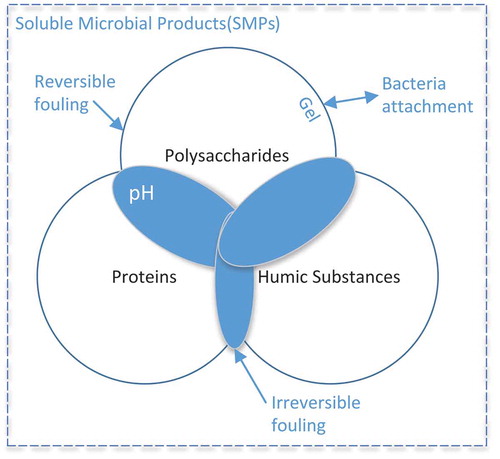Figures & data
Table 1. Prior art reviews on membrane fouling in MBR
Table 2. Types of membrane pore blocking in terms of Hermia’s pore-blocking models
Table 3. Membrane fouling classifications in MBR
Table 4. Analysis of the characteristic pore-blocking patterns for the typical foulants
Table 5. Characteristic fouling types for the blocking mechanisms and the best suitable cleaning methods
Table 6. Membrane flux enhancement in MBR
Figure 2. The formation of organic/inorganic solid complexes with the aid of a) ferric (III) and b) aluminium coagulants.
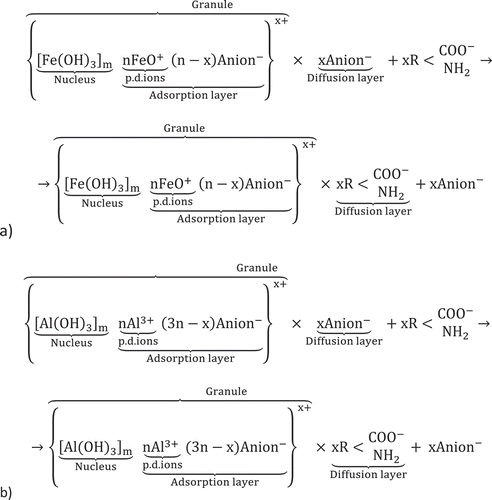
Figure 3. Pathways for the coagulation of humic substances by aluminium ions at higher pH levels (Bolto, Citation1995; Bratby, Citation2016).
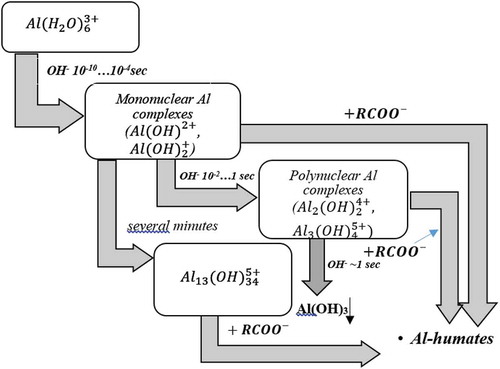
Figure 5. The elimination of bacterium with the aid of cationic PAM via the charge neutralization mechanism.
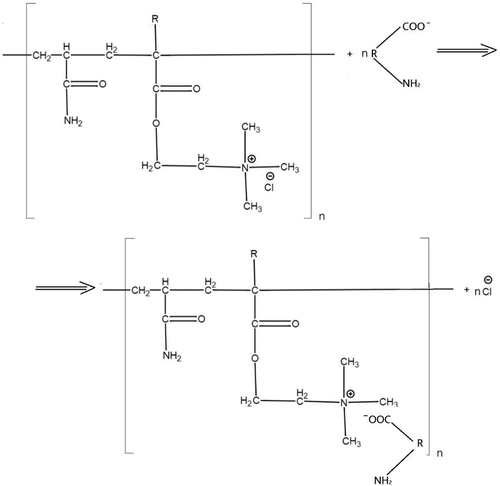
Figure 6. Possible arrangement of the cations on the surface of the suspended solid and the charge patch agglomeration mechanism (Bolto, Citation1995).
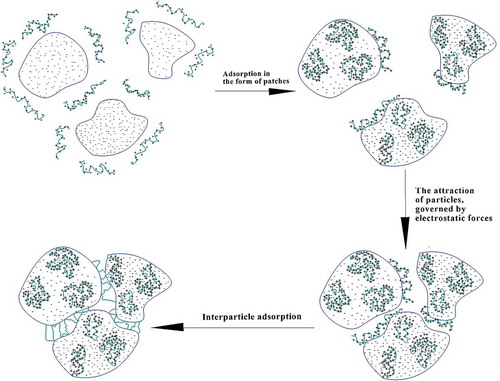
Figure 7. Structure of chitosan depending on pH conditions (Kumirska, Weinhold, Thöming, & Stepnowski, Citation2011; Sakkayawong, Thiravetyan, & Nakbanpote, Citation2005).

Table 7. Intrinsic mechanisms of chemical action in the reduction of a system’s fouling propensity under membrane flux enhancement in MBR

